Results
-
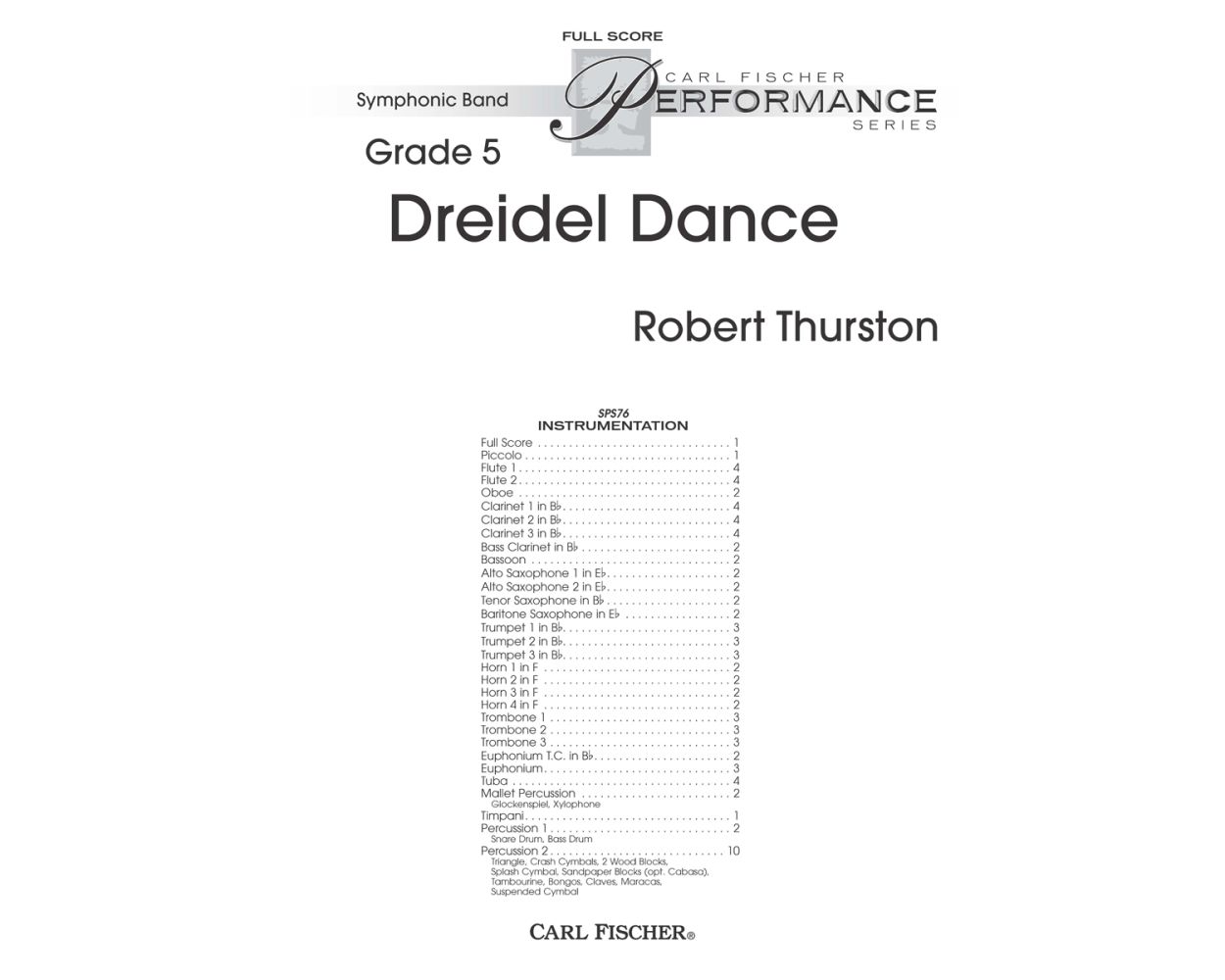 £98.00
£98.00Dreidel Dance
Dreidel Dance is a lighthearted theme-and-variations mashup of The Dreidel Song and Hava Nagila, running both tunes through a stylistic funhouse and winding up in a flurry of high-speed energy. This arrangement is not for the faint of heart, but this whirlwind presentation by master arranger Robert Thurston is well worth the effort.
Estimated dispatch 12-14 working days
-
 £57.00
£57.00In a New Light
Beginning with a build to a nice climax that sets up some of the main thematic material, "In a New Light" drives forward with a lot of interplay between woodwinds, brass, and percussion. A section of repose follows with interjections of the rhythmic themes ending in an energetic build to the piece's conclusion.
Estimated dispatch 12-14 working days
-
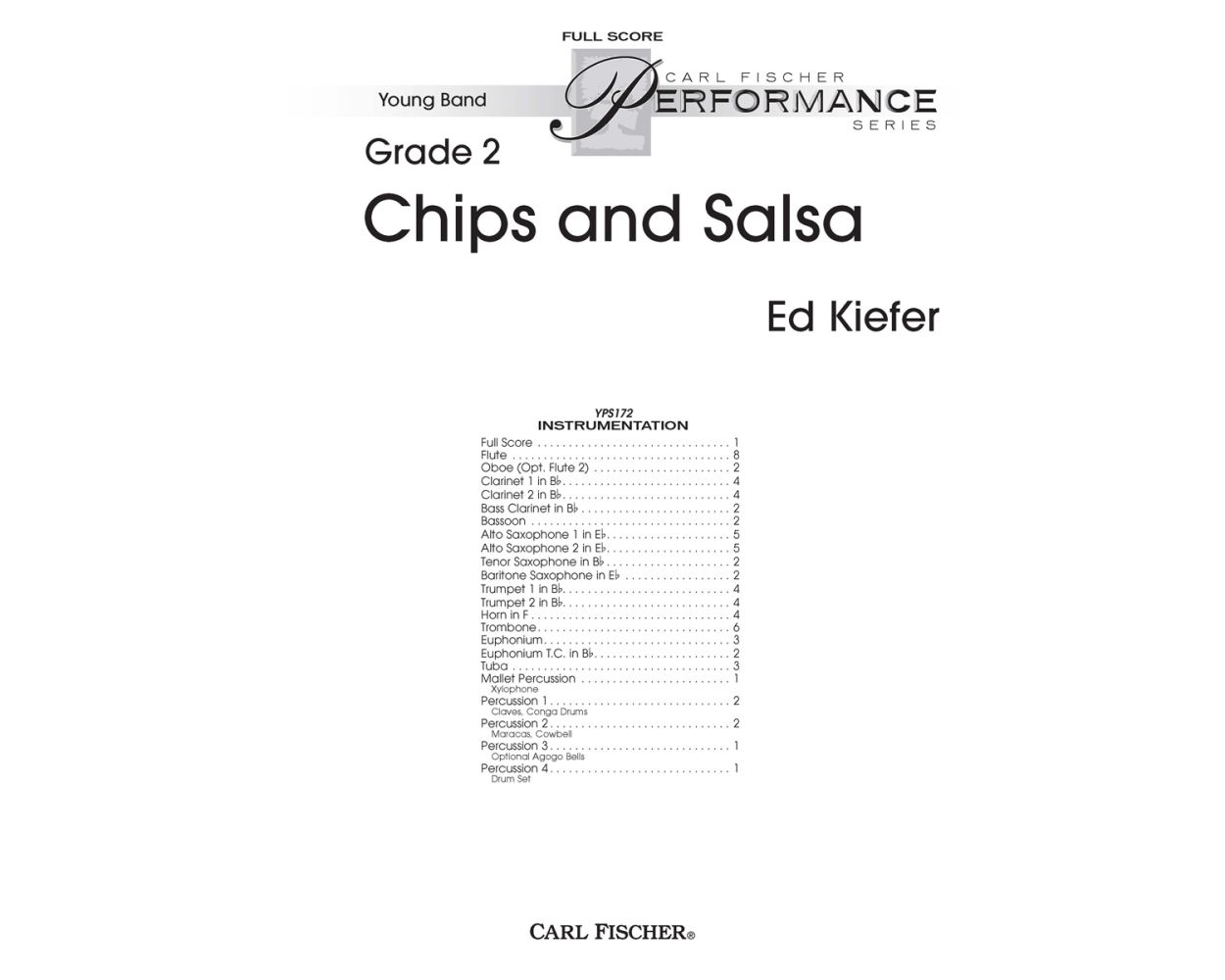 £53.00
£53.00Chips and Salsa
This piece is pure fun for the young band. Latin infused rhythms and instruments drive this piece forward with catching melodic figures and licks that the students will love to play. Shake up a concert program with some "Chips and Salsa."
Estimated dispatch 12-14 working days
-
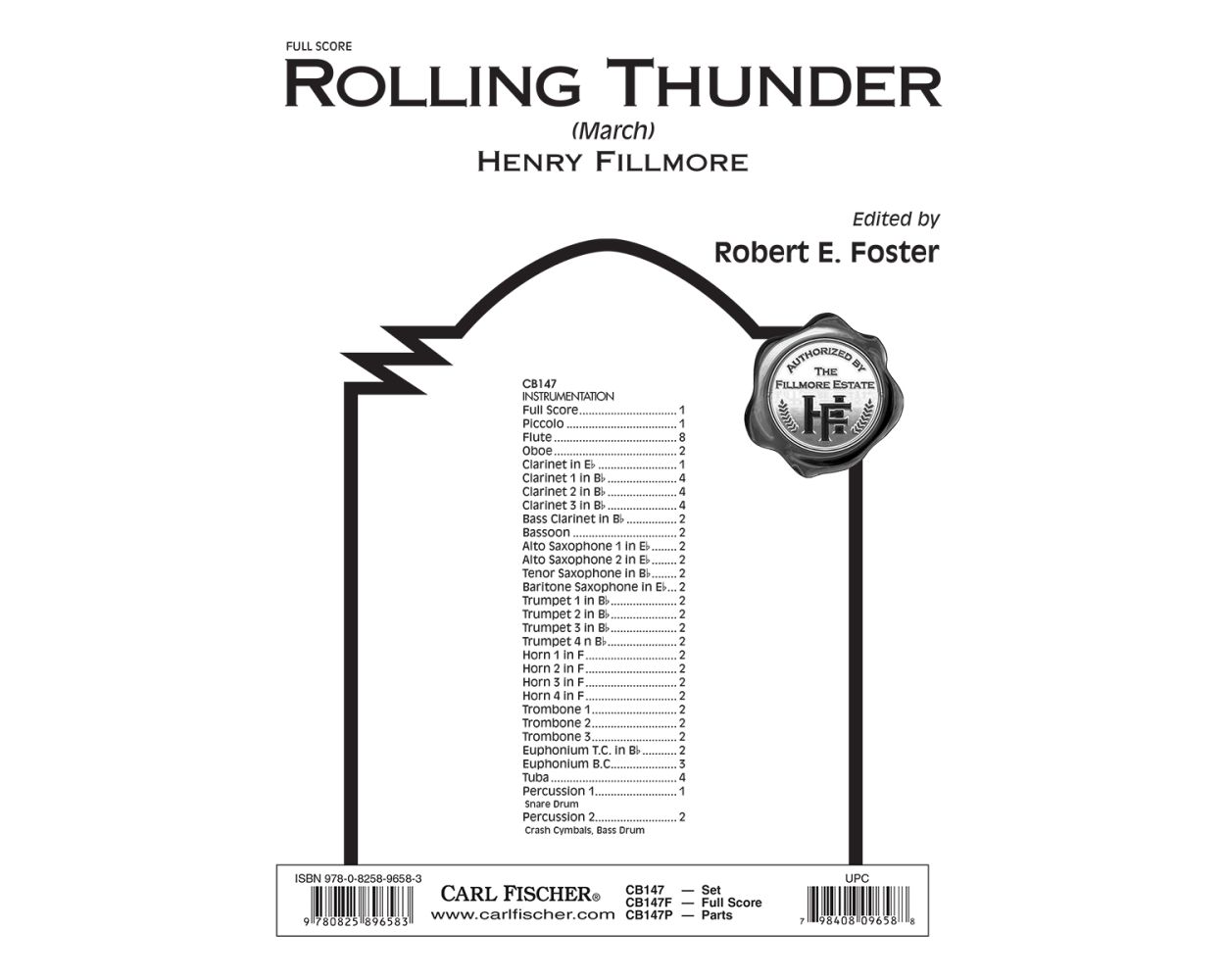 £75.00
£75.00Rolling Thunder - Henry Fillmore
A tour de force from Fillmore, this circus march cranks up the energy from the very first note! Edited by Robert Foster, this piece is available now in an Authentic Fillmore Edition. Your low brass will be smoking at the end of this one!
Estimated dispatch 12-14 working days
-
 £72.00
£72.00Lightning Fingers - Henry Fillmore
Lightning Fingers showcases the musical and technical virtuosity of the solo clarinetist in this original work by legendary bandmaster and composer Henry Fillmore. It is a happy, showy display piece which has been enjoyed by generations of performers and audiences alike. The solo was written for Louise Reztke, who Fillmore referred to as the "Phantom Clarinetist." Reztke was the soloist for Fillmore's own band and was featured many times on their radio broadcasts. Robert Foster's new edition cleans up some inconsistencies present in older editions and makes it accessible to a new generation of band musicians.
Estimated dispatch 12-14 working days
-
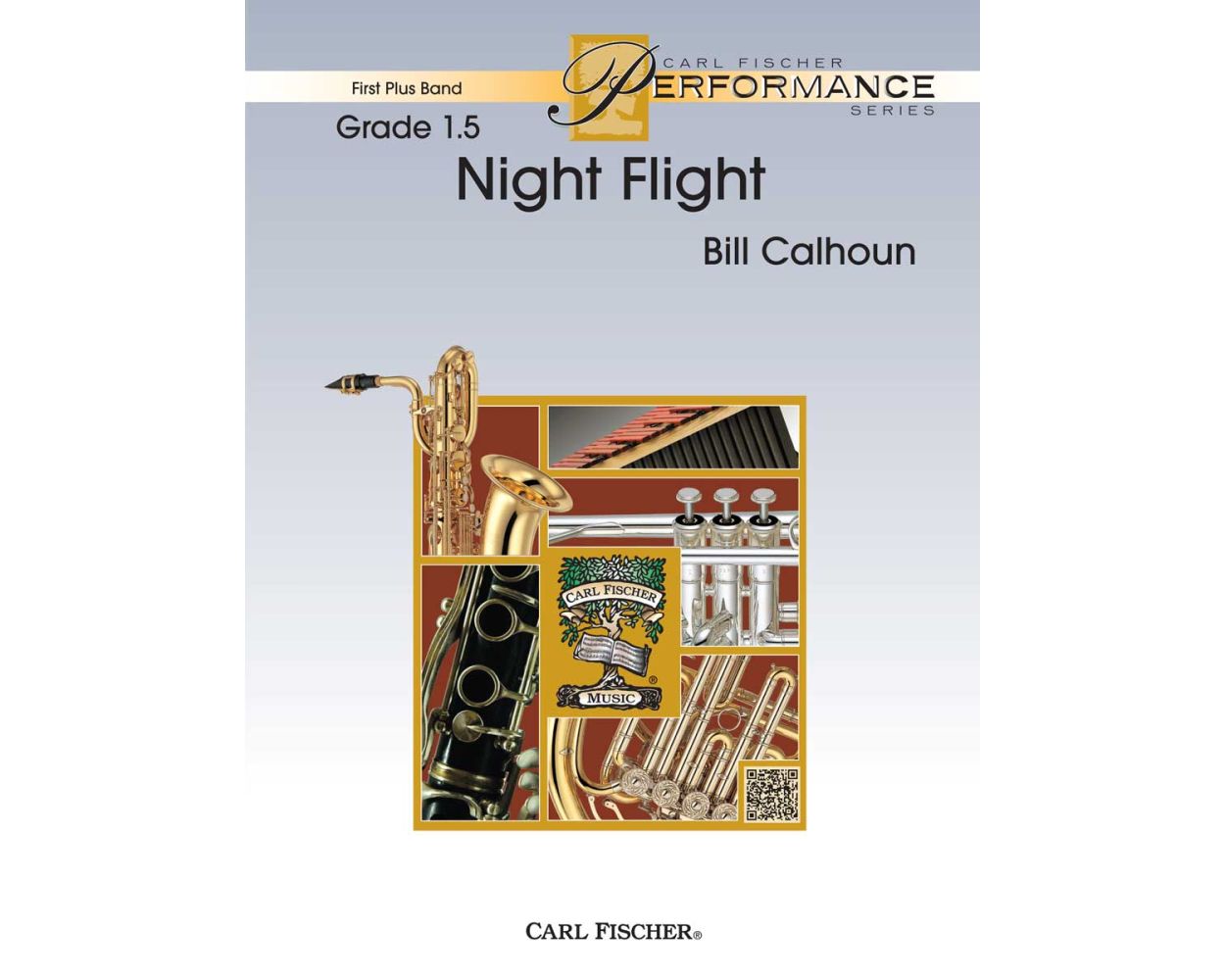 £44.00
£44.00Night Flight - Bill Calhoun
Bill Calhoun is quickly becoming one of the best composers in this business. He has a way of writing pieces that are exciting, well-scored, interesting and different. Night Flight shows his aggressive side with a piece that starts strong, right out of the gate. The fearless-sounding melody lifts up players and audience, grabs hold of them and takes them on the musical journey of a flight into the night sky. A perfect selection to showcase your developing band at a contest or festival performance.
Estimated dispatch 12-14 working days
-
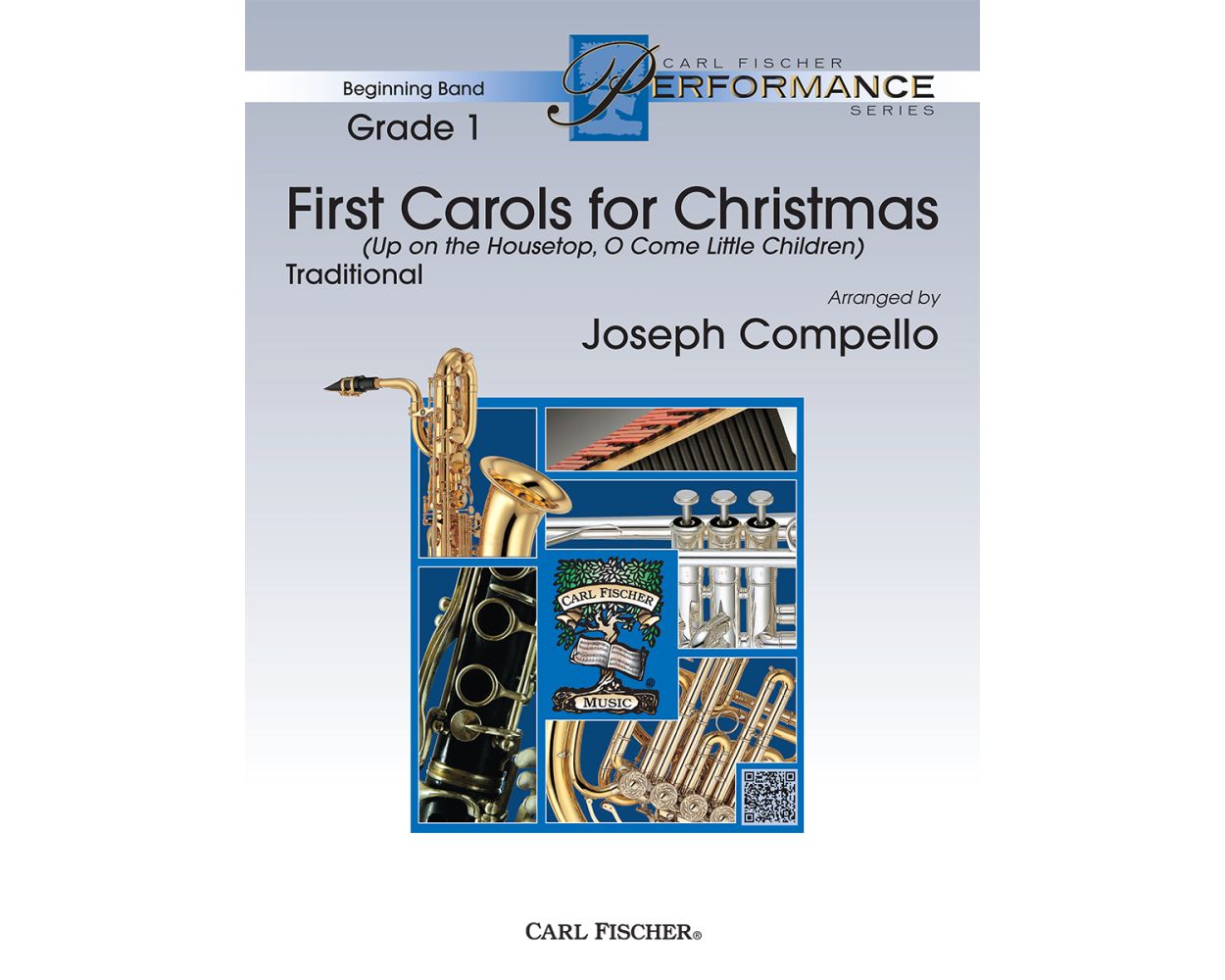 £42.00
£42.00First Carols of Christmas - Traditional
Let your beginning band shine with a delightful new arrangement for your next holiday concert, featuring popular tunes Up on the Housetop and O Come Little Children. All sections of the band share important melodic material, including the low brass and woodwinds,who begin the piece! Inspire all of your students with this arrangement.
Estimated dispatch 12-14 working days
-
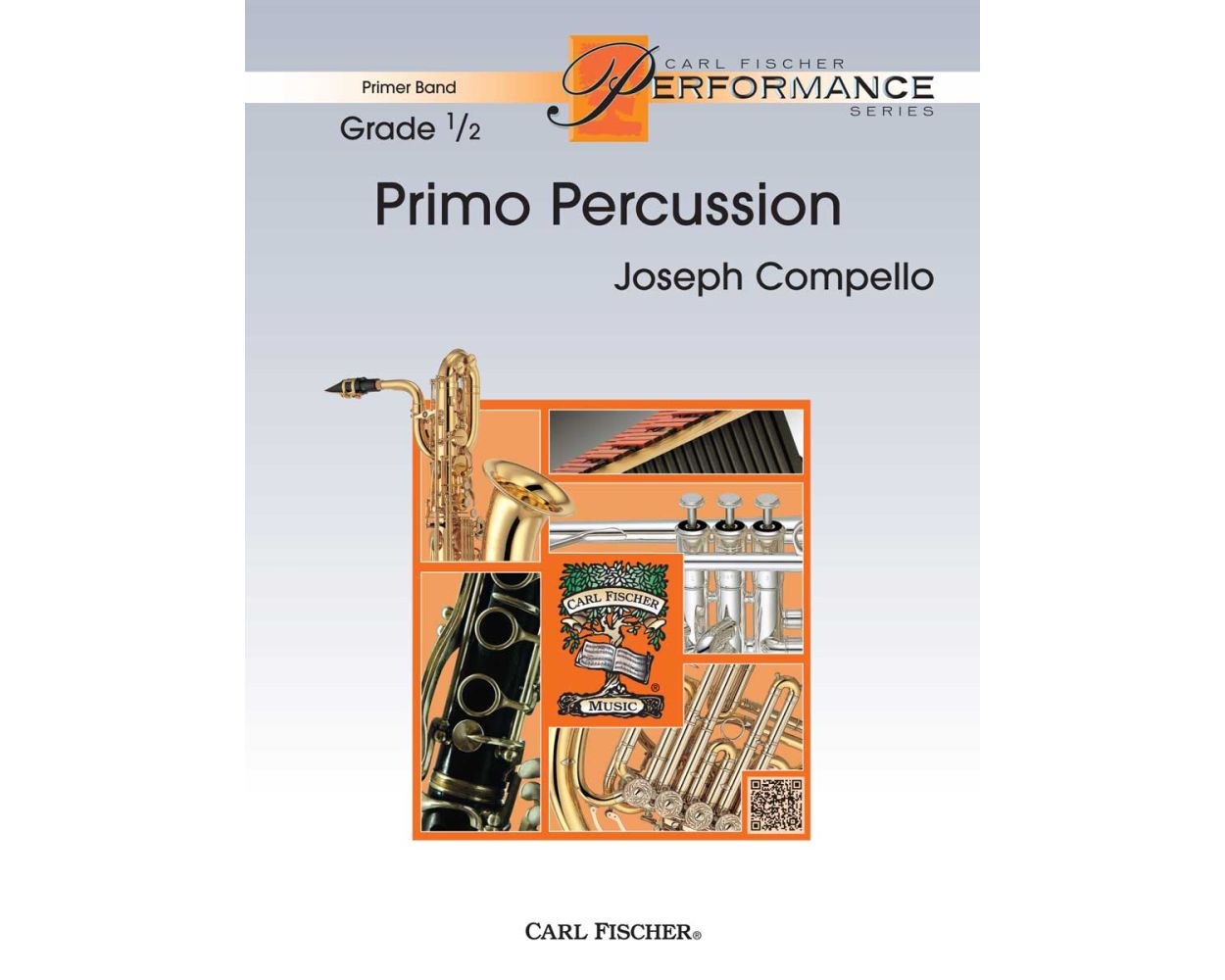 £38.00
£38.00Primo Percussion
A simplistic, yet impressive percussion section feature for the earliest of beginners; playable by young percussionists after as little as ten weeks of study. You can double up the snare drum part and even place the percussion in the front to give the attention they deserve. Get those budding percussionists off to a good start!
Estimated dispatch 12-14 working days
-
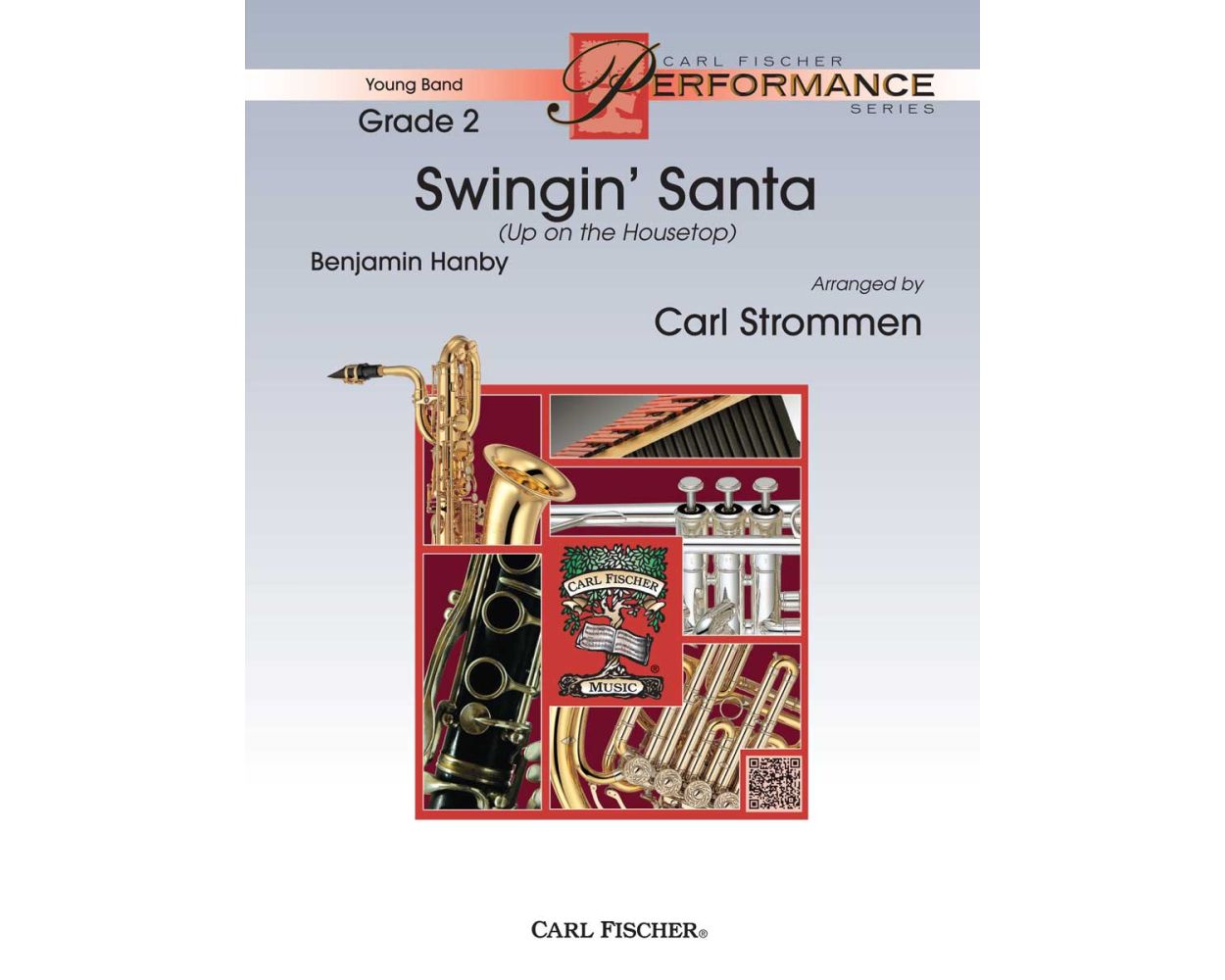 £49.00
£49.00Swingin' Santa - Benjamin Hanby
Get your young band students swinging this year with a fun Christmas piece based on the ever-popular "Up On The Housetop." Drawing from his jazz background, Carl Strommen delivers an arrangement that is unique and authentic to the idiom, but within the technical capabilities of the intermediate student. Oh what fun it will be to ride this sleigh - Ho, ho ho!
Estimated dispatch 12-14 working days
-
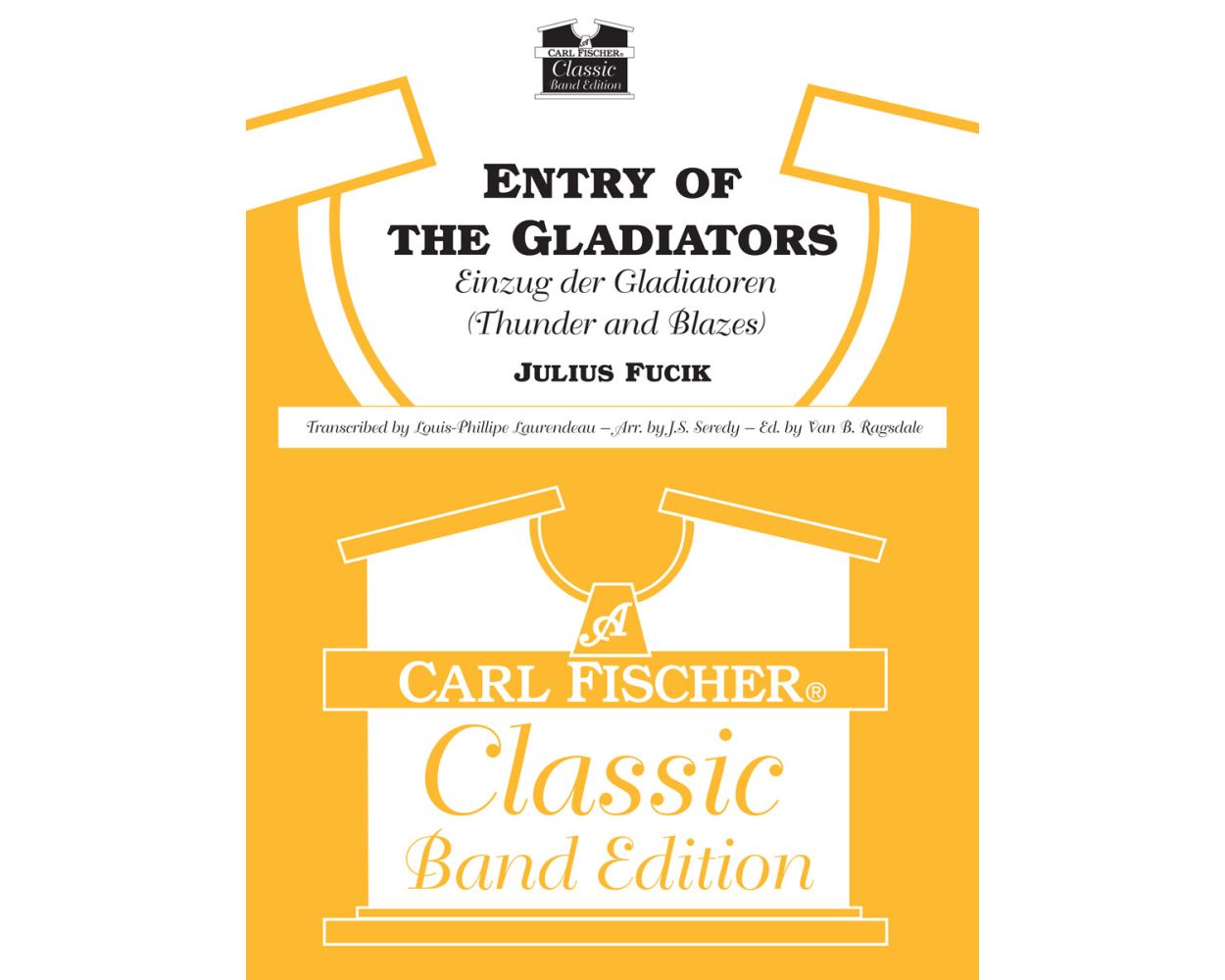 £72.00
£72.00Entry of the Gladiators - Julius FuÄÃk
One of the most popular European-style marches, Entry of the Gladiators is best-known to many listeners as the entry music of the traditional circus. This popular classic, with its oh-so-hummable trio, is presented here in a first-class edition for concert band that will light up any program by a group that can tackle it with the requisite energy and fire.
Estimated dispatch 12-14 working days
